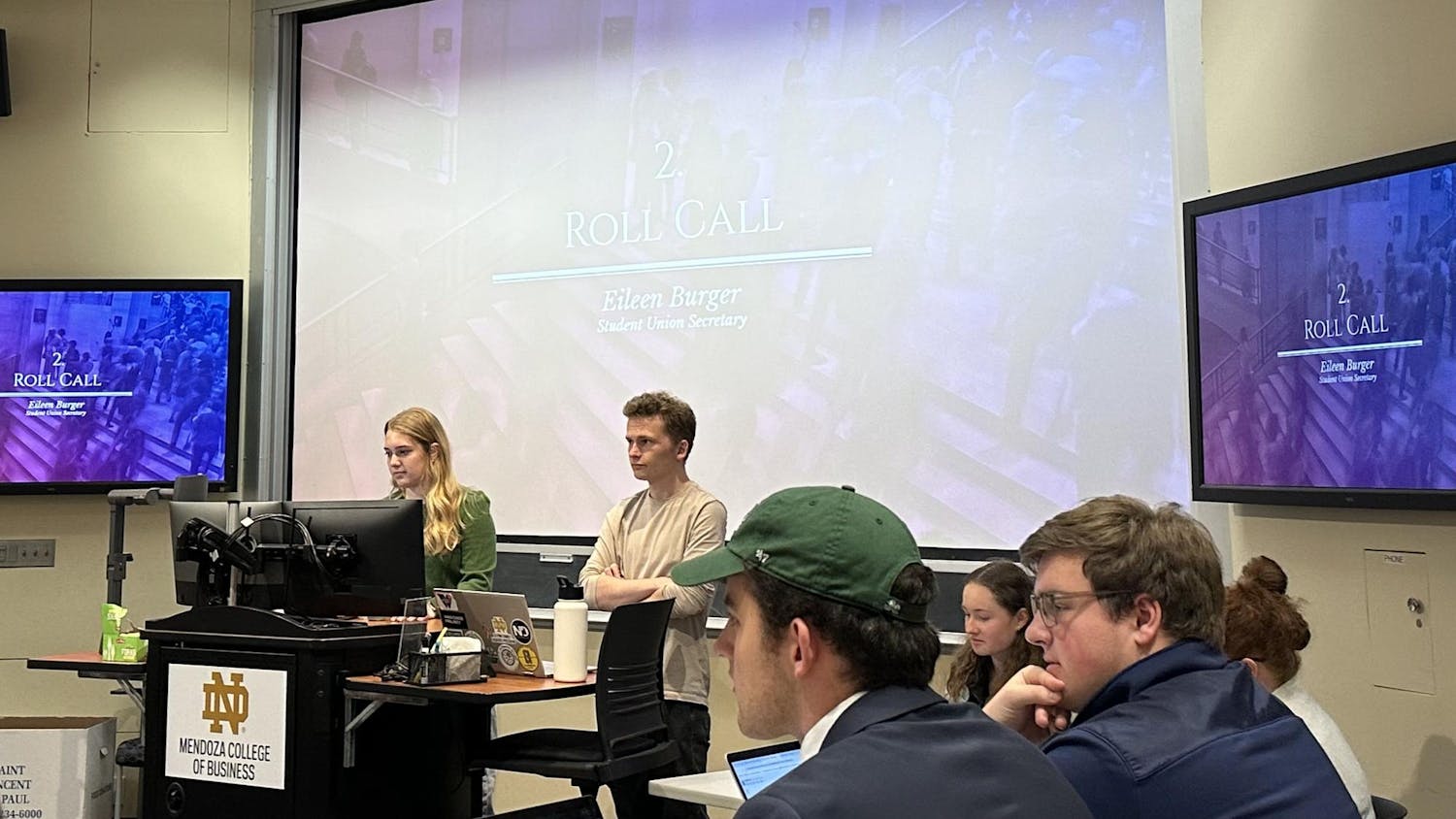Designing buildings is not about creating an artistic masterpiece, a renowned architect said during a Monday lecture in Bond Hall.
Urban architect Joanna Alimanestianu said her work is instead about creating a place that people will love as part of their local community.

"My mission is to create places for people, places people love, places where people can live quality lives," Alimanestianu said.
"If a place isn't lovable, it isn't livable," she said. "If a place needs to be livable, it has to be lovable."
An architect must focus a city's atmosphere and culture to design "authentically local" developments, she said.
"You have to understand the social fabric, the history, the people's aspirations and history," Alimanestianu said "You have to understand how people live there, work there, walk around there."
A design that emphasizes the local flavor will create a "contextually beautiful" place that will fit into its surroundings, Alimanestianu said.
Successful designs also need to "bounce forward" to answer the needs of the future, she said.

"You have to be open and present to what works and doesn't, and what will stand the test of time," Alimanestianu said. "You have to design for today, but be flexible for the future."
Alimanestianu put these ideas into practice in her famous redesign of the Rue de Laecken development, an abandoned row of townhouses in Belgium. During the project in the early 1990s, she hired seven young architects under 40-years-old to design nine unique townhouses.
Realtors were skeptical, she said, but taking a risk with a new team paid off for the overall project. The homes sold immediately and attracted attention across Europe.
"They wanted to do this, they were interested and all seven went on to become famous, successful architects," Alimanestianu said.
Alimanestianu also designed a vibrant neighborhood in Guayaquil, Ecuador, in 2006. She said she worked to revive the area by remodeling it according to traditional styles.
"It was one of the ugliest cities out there," Alimanestianu said. "We produced the architecture guidelines by looking at what was truly Ecuadorian, what people would feel comfortable in."
Although the Guayaquil project is not yet complete, Alimanestianu said residents have already expressed enthusiasm about the changes.
Alimanestianu said her work in both Europe and the United States places her at the intersection of two modern urban architecture movements — the American New Urbanists and the European Urbanists.
However, rather than identifying with either movement, she said she prefers to remain independent and design buildings according to residents' needs rather than her own artistic inspiration.
"I'm not interested in making a statement or calling attention," Alimanestianu said. "I am not interested in making a work of art."












